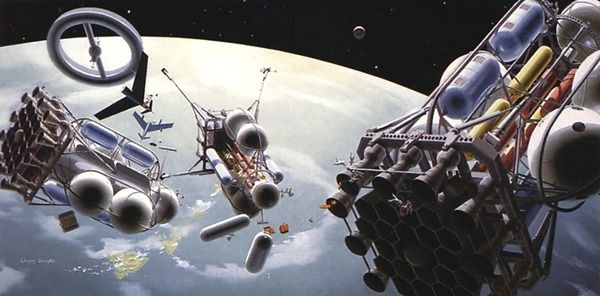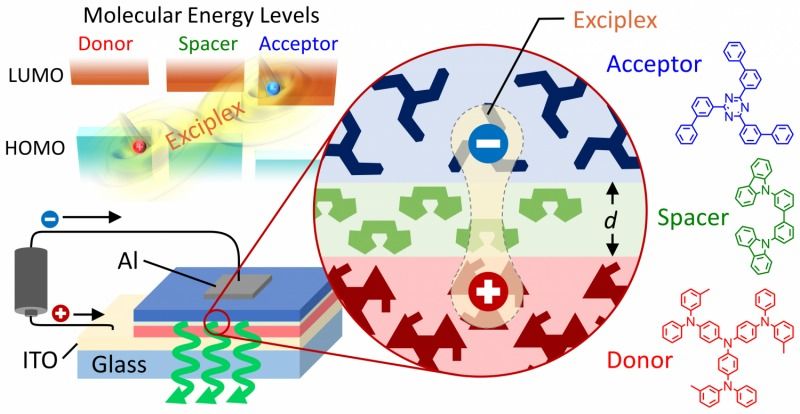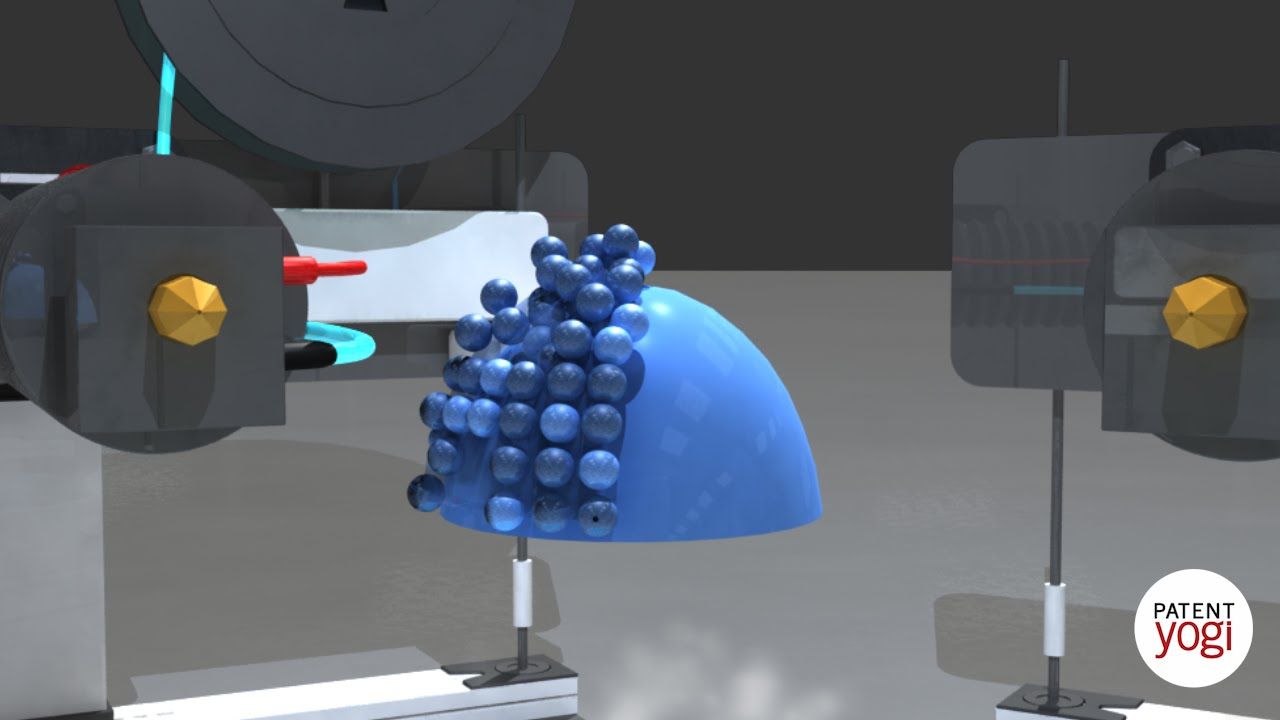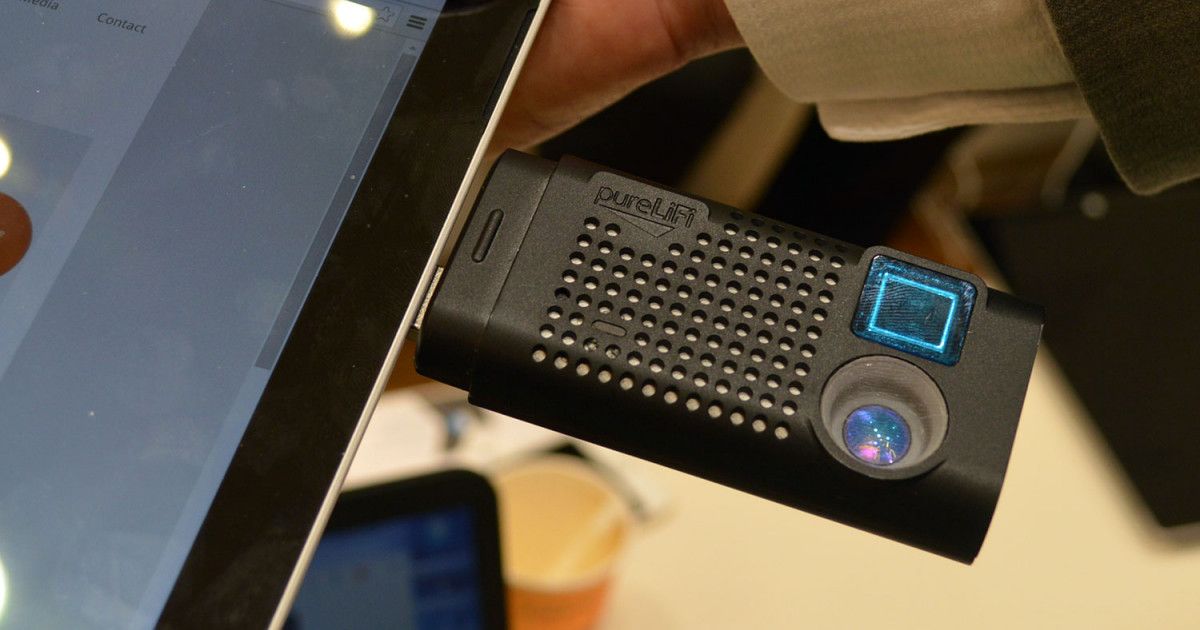Page 11351
Feb 26, 2016
Russian Robonauts Working on the ISS Will Soon be Reality (Video)
Posted by Dan Kummer in categories: government, military, robotics/AI, space
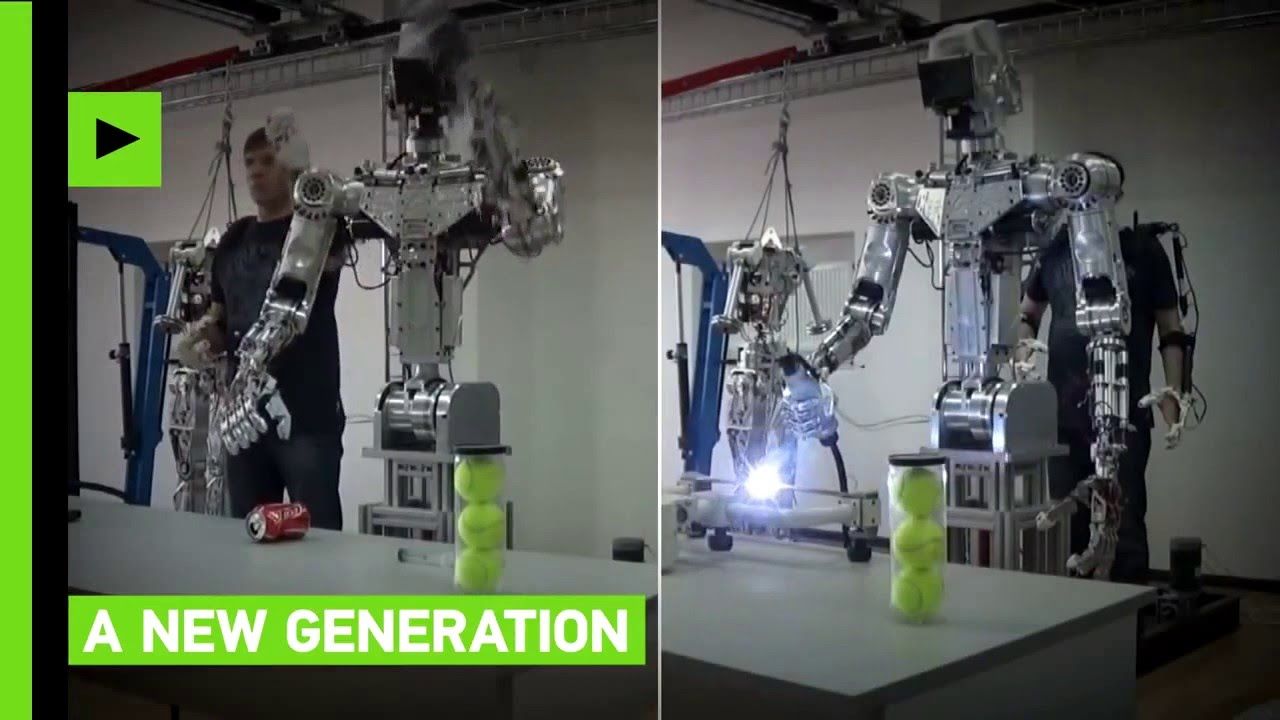
https://youtube.com/watch?v=9xlw5jAu4kc
Rather than risk the lives of their astronauts, Russian government scientists are now working to develop humanoid robots that can perform complex tasks on the outside of the International Space Station (ISS) while astronauts control them safely from within the station.
The Russian Foundation for Advanced Research Projects, Russia’s military research arm unveiled two prototype robot astronauts on February 13th to the media ahead of a public robotics exhibition in Moscow.
Continue reading “Russian Robonauts Working on the ISS Will Soon be Reality (Video)” »
Feb 26, 2016
‘Imagined Futures:’ Pivot Art + Culture’s Newest Exhibition | Vulcan Inc.
Posted by Odette Bohr Dienel in categories: media & arts, space, space travel
“Vulcan Inc. today announced a new exhibition of nearly 60 objects related to science fiction and the history of space exploration – Imagined Futures: Science Fiction, Art, and Artifacts from the Paul G. Allen Family Collection – that will be on view at its 3,000-square-foot flexible concept space, Pivot Art + Culture beginning April 7, 2016. The exhibition, curated by Ben Heywood, runs through July 10, 2016.”
Feb 26, 2016
Artificial control of exciplexes opens possibilities for new electronics
Posted by Karen Hurst in categories: computing, electronics, materials, solar power, sustainability
Demonstrating a strategy that could form the basis for a new class of electronic devices with uniquely tunable properties, researchers at Kyushu University were able to widely vary the emission color and efficiency of organic light-emitting diodes based on exciplexes simply by changing the distance between key molecules in the devices by a few nanometers.
This new way to control electrical properties by slightly changing the device thickness instead of the materials could lead to new kinds of organic electronic devices with switching behavior or light emission that reacts to external factors.
Organic electronic devices such as OLEDs and organic solar cells use thin films of organic molecules for the electrically active materials, making flexible and low-cost devices possible.
Continue reading “Artificial control of exciplexes opens possibilities for new electronics” »
Feb 26, 2016
We Explored Pluto, Now Let’s Explore The Nearest Star!
Posted by Sean Brazell in category: space travel
With the recent milestone achieved by the New Horizons mission, many are contemplating what our next space exploration goal should be.
Feb 26, 2016
A New Boeing Patent Describes Levitating 3D Printing
Posted by Klaus Baldauf in categories: 3D printing, futurism
Feb 26, 2016
We’ve seen the light! Li-Fi is the future of wireless connectivity
Posted by Klaus Baldauf in categories: futurism, internet
The promise of faster and more stable Internet access through our lights is really exciting. We got a demo of PureLiFi in action at MWC 2016 and talked with the COO about the future of this technology.
Feb 26, 2016
Here’s how we could build a colony on an alien world
Posted by Julius Garcia in categories: alien life, habitats, solar power, space travel, sustainability

If the human race is to survive in the long-run, we will probably have to colonise other planets. Whether we make the Earth uninhabitable ourselves or it simply reaches the natural end of its ability to support life, one day we will have to look for a new home.
Hollywood films such as The Martian and Interstellar give us a glimpse of what may be in store for us. Mars is certainly the most habitable destination in our solar system, but there are thousands of exoplanets orbiting other stars that could be a replacement for our Earth. So what technology will we need to make this possible?
Continue reading “Here’s how we could build a colony on an alien world” »
Feb 26, 2016
Microrobots learn from ciliates
Posted by Klaus Baldauf in categories: biotech/medical, chemistry, materials, robotics/AI
Ciliates can do amazing things: Being so tiny, the water in which they live is like thick honey to these microorganisms. In spite of this, however, they are able to self-propel through water by the synchronized movement of thousands of extremely thin filaments on their outer skin, called cilia. Researchers from the Max Planck Institute for Intelligent Systems in Stuttgart are now moving robots that are barely perceptible to the human eye in a similar manner through liquids. For these microswimmers, the scientists are neither employing complex driving elements nor external forces such as magnetic fields. The team of scientists headed by Peer Fischer have built a ciliate-inspired model using a material that combines the properties of liquid crystals and elastic rubbers, rendering the body capable of self-propelling upon exposure to green light. Mini submarines navigating the human body and detecting and curing diseases may still be the stuff of science fiction, but applications for the new development in Stuttgart could see the light-powered materials take the form of tiny medical assistants at the end of an endoscope.
Their tiny size makes life extremely difficult for swimming microorganisms. As their movement has virtually no momentum, the friction between the water and their outer skin slows them down considerably — much like trying to swim through thick honey. The viscosity of the medium also prevents the formation of turbulences, something that could transfer the force to the water and thereby drive the swimmer. For this reason, the filaments beat in a coordinated wave-like movement that runs along the entire body of the single-celled organism, similar to the legs of a centipede. These waves move the liquid along with them so that the ciliate — measuring roughly 100 micrometres, i.e. a tenth of a millimetre, as thick as a human hair — moves through the liquid.
“Our aim was to imitate this type of movement with a microrobot,” says Stefano Palagi, first author of the study at the Max Planck Institute for Intelligent Systems in Stuttgart, which also included collaborating scientists from the Universities of Cambridge, Stuttgart and Florence. Fischer, who is also a Professor for Physical Chemistry at the University of Stuttgart, states that it would be virtually impossible to build a mechanical machine at the length scale of the ciliate that also replicates its movement, as it would need to have hundreds of individual actuators, not to mention their control and energy supply.
Feb 26, 2016
Lifespans Are Long Enough
Posted by Matt Johnstone in categories: health, life extension
Watch our GHPI fellow Brian Kennedy, the President and CEO of The Buck Institute for research on aging along side Aubrey de Grey debating if lifespans are long enough.
Watch here: http://intelligencesquaredus.org/debates/past-debates/item/1…ong-enough
And don’t forget to let congress know that healthy lifespans are not long enough: http://tame.healthspanpolicy.org/

